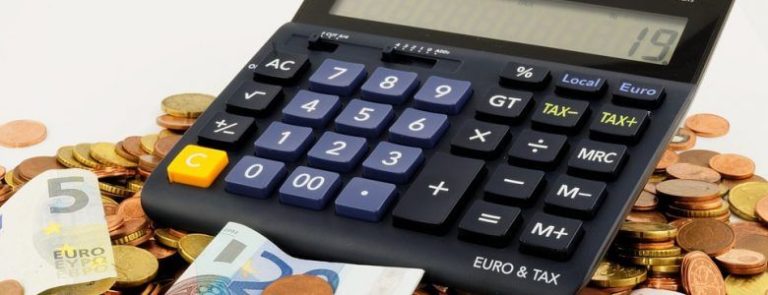There are types of cards such as credit cards and debit cards. When we need to refer to our bank card, many of us mistakenly call it a “credit card.” However, we should actually prefer the term “debit card.” Let’s try together to define and distinguish credit card and debit card!
Debit Card
The debit card corresponds to the standard bank card, the one found in all wallets. It is typically provided by the bank when we decide to open a checking account. The debit card allows you to make transfers, payments, or withdraw cash. For instance, our salary is typically credited to this card.
There are different types of debit cards:
- Firstly, immediate debit cards: Immediate debit cards require a systematic balance check before each payment. Thus, it is simply impossible to overdraw with these cards. Maestro or Visa Electron cards are immediate debit cards.
- Immediate debit cards without systematic authorization: These cards allow for small overdrafts. However, a control will be performed above a certain amount (to be determined).
- Finally, deferred debit cards: Deferred debit cards allow transactions without any immediate balance control. The debit is carried out later, usually at the end of the month. These can help manage difficult end-of-month situations or unexpected expenses.
Credit Card
The credit card, on the other hand, is a revolving line of credit, granted either by a bank or a retail chain.
Credit cards operate through a process known as “revolving credit.” In other words, the credit card company sends the consumer a statement at weekly or monthly intervals. It is up to the latter to pay it off, either in one go or in several installments, with or without interest.
It is, however, advisable to be relatively cautious with credit cards, as they can sometimes turn out to be more expensive than traditional loans…








